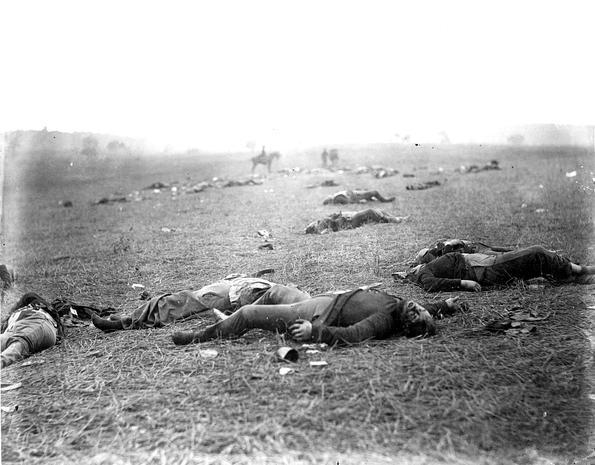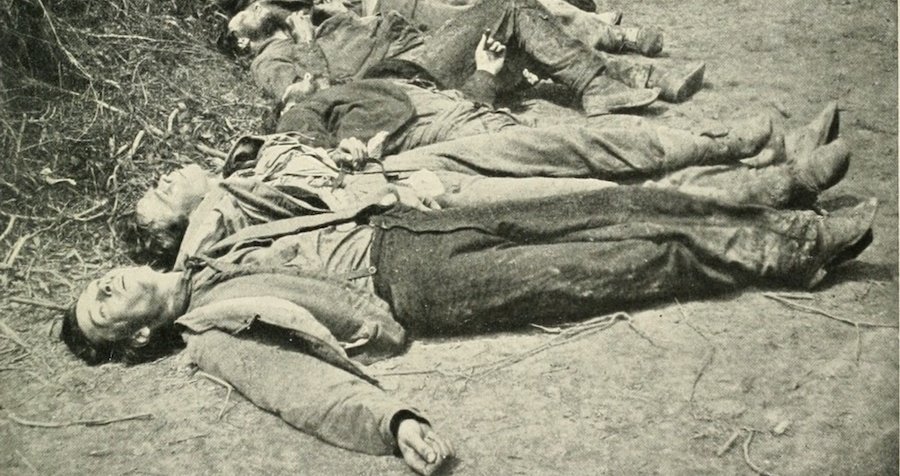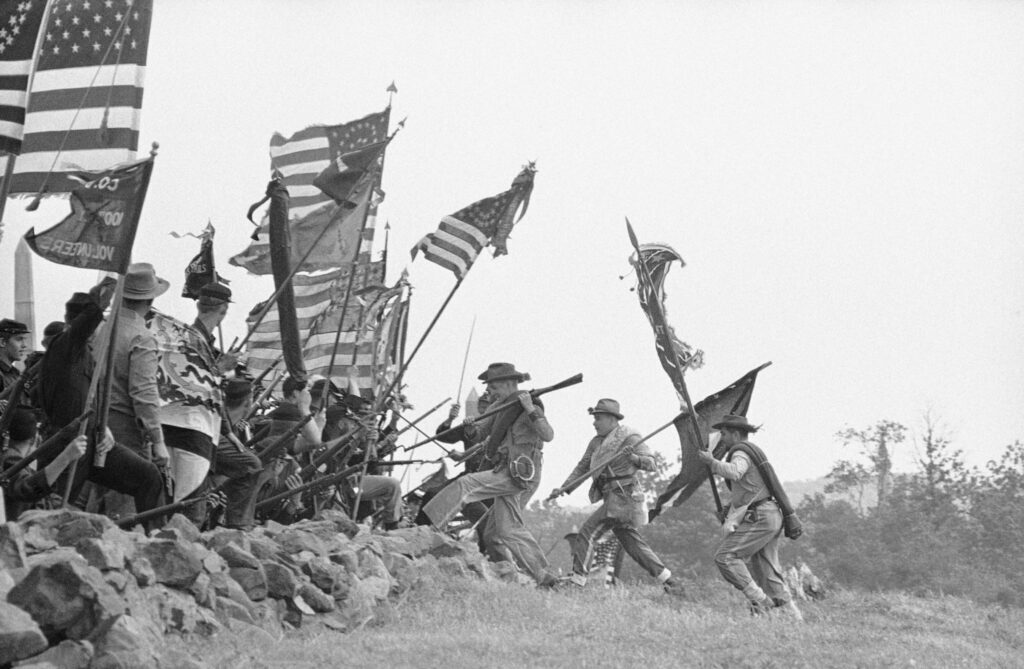
While many progressive-leftist evangelicals, like The Gospel Coalition’s Ron Burns, have used Memorial Day weekend to remind us of America’s racist past, the rest of us should use the opportunity to create a sense of racial unity by celebrating the holiday. Burns, who chooses to use his Black Nationalist name, Thabiti Anyabwile, used his Twitter account to reference #OnThisDayinBlackHistory but has thus far not taken the opportunity to honor our military veterans on a federal holiday designed for that purpose. If we could all step off of our personal soapboxes for a moment, this American holiday could unite us all in racial unity.
While it should come as no surprise that Burns, who comes from a family that has assaulted the police and who is notoriously anti-law-enforcement would not honor our military veterans, today is actually the perfect day for those of African American descent to say ‘thank you’ to the military men and women who liberated their ancestors from bondage.
While many Black Nationalists wouldn’t be caught dead honoring fallen American soldiers, the holiday was actually popularized by ex-slaves who were grateful to white Union soldiers who died to liberate them.
The History of Memorial Day

Beginning as a tradition in 1862 among women in Savannah, Georgia, who decorated Confederate graves, the tradition soon grew to be a Northern tradition as early as a year later in 1863. It was this year that the Gettysburg, Pennsylvania cemetery was dedicated to the memory of fallen soldiers. It was in 1864 that what is now known as ‘Memorial Day’ was first started in Boalsburg, Pennsylvania (that town today boasts itself as the ‘birthplace of Memorial Day’).
After the assassination of Abraham Lincoln, Memorial Day celebrations became even more widespread. In 1865, the Federal Government began to create a number of national cemeteries to remember those who died fighting for the Union.
It was in 1865 in Charleston, South Carolina, that more than 10 thousand people – mostly freed African American slaves – gathered to march in celebration of 256 dead Union soldiers whose bodies had been discovered in a mass grave belonging to the Confederate Army.
Historian, David Blight, argued in the New York Times that, “African Americans invented Memorial Day.” Blight later went on to clarify that there were other ancillary historical ingredients to the development of the holiday (such as those described above), but continued to reiterate that the holiday would never have gained popularity if it wasn’t for that event in Charleston, South Carolina among the grateful former slaves.
In 1868, General John Logan proclaimed the designation of ‘Decoration Day,’ which was observed by former Union Civil war veterans. The date was chosen because it was the best date for flowers to be found beginning to bloom in the Northern United States.
Southerners were much slower to adopt the holiday, perceiving it to be a tradition used to celebrate primarily the Union dead. However, what is interesting to note is that wherever the holiday was celebrated in the former Confederate states, observers were careful to decorate the graves of both Union and Confederate fallen.
Various traditions in different states and municipalities celebrated the holiday on different days, but on May 26, 1966, President Johnson officially designated the day an American federal holiday.
Reparations Already Paid in Blood

Sadly, Burns, mentioned above, used Memorial Day weekend to promote a New York Times article calculating the cost of reparations to the descendants of slaves. This is a horrible weekend to show such utter ingratitude for the 1.5 million Union soldiers who served in a war to free their ancestors and the 600 thousand who were killed, wounded, captured, or missing-in-action.
One of the insane aspects of the Black Nationalist proposition of reparations is their suggestion that the ancestors of even Union soldiers pay them money for the wrong done to their enslaved ancestors.
Additionally, the Union spent from 1.5 million to 3.5 million per day in the war effort. This was the first time in American history that the United States spent more than one billion dollars in a single year. The government put itself into more than 2.6 billion in debt to free the slaves and taxed the populace to pay it. Put into today’s dollars due to inflation, this is an almost unfathomable amount.
The Union’s coffers were poured out to the point of bankruptcy and financial ruin in order to win the freedom of the slaves. The Confederacy paid for the sin of slavery in even greater deaths and total decimation of their collective fortune by the scorched-earth war policies of General Sherman in his March to the Sea.
So Let Us All Be Grateful
If newly-freed former slaves could march 10 thousand strong in gratitude for the United States military in 1865, surely their ancestors could do so today. If those personally enslaved would not bear a grudge against their white brethren, especially those who died to free them, then certainly a little gratitude could be called for in 2019 from all of us.
Red, white, black, or polka-dotted, we all should be grateful to the United States Armed Services and those who fell to win or keep our liberty.











